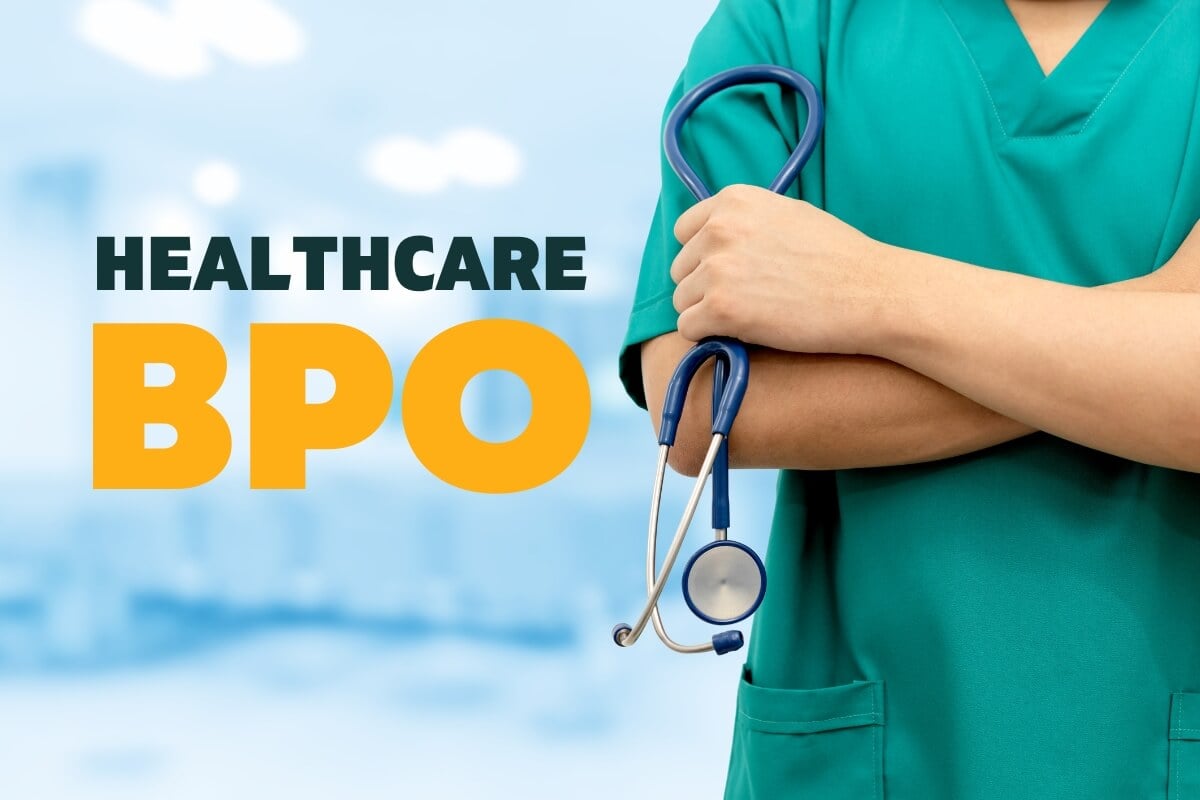Healthcare RCM Solutions for Reliable Revenue Cycle Administration
Healthcare RCM Solutions for Reliable Revenue Cycle Administration
Blog Article
A Comprehensive Overview on Exactly How Healthcare RCM Functions to Simplify Billing and Collections
Browsing the complexities of medical care income cycle management (RCM) is essential for service providers aiming to enhance their billing and collections procedures. The guide unboxes the details of RCM, from individual registration to accounts receivable monitoring, providing insights right into optimizing each action.
Comprehending Earnings Cycle Administration
Grasping the complexities of Revenue Cycle Administration (RCM) is vital for healthcare organizations aiming to maximize their economic performance. RCM is an essential administrative feature that encompasses the entire financial process of person care, from the initial consultation readying to the last repayment of the balance. It is an intricate treatment created to determine, accumulate, and manage the earnings from the solutions offered to patients. Effective RCM makes sure that doctor receive timely and exact payments, decreasing the danger of profits loss and boosting capital.
The RCM procedure starts when a client timetables a visit and extends through the patient's treatment trip, consisting of billing and collections. A vital objective is to reduce the time in between receiving and providing a solution settlement, hence boosting the organization's monetary health and wellness. RCM includes various functions such as person enrollment, insurance confirmation, charge capture, coding, asserts entry, settlement publishing, and managing rejections and allures.
Key Components of RCM
In the world of Earnings Cycle Monitoring (RCM), recognizing its crucial parts is essential to attaining economic effectiveness within healthcare companies. RCM is a thorough process that incorporates various phases, each vital to ensuring efficient payment and collections. The key parts include individual registration, insurance confirmation, fee capture, coding, case entry, repayment uploading, and receivable management.


Once coded, claims are sent to payers, where accuracy is extremely important to prevent delays or beings rejected - Healthcare RCM. Repayment uploading involves taping the received settlements, which permits the reconciliation of accounts. Last but not least, receivables management concentrates on tracking and resolving unpaid cases, guaranteeing timely follow-up and resolution
Each component of RCM is interconnected, and inefficiencies in any type of part can interrupt the entire cycle. For that reason, mastering these aspects is vital for health care companies to enhance earnings and boost their financial wellness.
Approaches for Efficient Payment

Systematizing invoicing treatments across the organization is one more essential strategy. Developing clear standards for documents, coding, and entry aids preserve uniformity and compliance with governing needs. Training staff consistently on these procedures makes sure everyone is current with the most recent changes in billing codes and payer plans.
Exact cost capture is necessary in protecting against profits leakage. Applying normal audits and monitoring systems permits for the identification and modification of discrepancies before they affect earnings. In addition, maintaining open lines of interaction with payers assists to quickly deal with any type of disagreements or misunderstandings that may arise.

Last but not least, appealing patients early in the payment process by supplying clear price quotes and academic products about their economic obligations can dramatically reduce confusion and enhance payment timeliness. These approaches collectively add to a more economically healthy and reliable billing system.
Enhancing Collections Procedures
Provided the intricacies of medical billing and the selection of payer demands, enhancing the collections process entails applying critical actions that make sure precise and timely settlement of solutions rendered. Automation tools can assist in tracking insurance claim conditions, sending timely reminders to individuals, and managing rejections a lot more effectively.
Clear and clear client interactions are essential. Giving thorough descriptions of costs and offering versatile repayment plans can increase person satisfaction and timely payments.
Regular audits of the collections procedure need to be conducted to identify areas for improvement and make sure compliance with regulations. By evaluating data, healthcare companies can identify patterns, anticipate possible concerns, and adjust techniques appropriately (Healthcare RCM). Eventually, a well-enhanced collections process not just supports financial health and wellness however likewise adds to a more seamless experience for individuals and staff alike
Optimizing Profits Streams
Structure upon the foundation of a solid collections procedure, medical care companies can look at this now even more strengthen their monetary stability by purposefully maximizing earnings streams. This entails a multi-faceted technique, starting with a thorough evaluation of existing profits sources to identify inefficiencies and locations for growth. Employing innovative information analytics devices enables companies to gain understandings right into payer mix, person demographics, and solution usage patterns, permitting data-driven decisions that enhance income capture.
Carrying out automated invoicing systems can considerably lower mistakes and speed up insurance claims processing, guaranteeing that income is collected a lot more successfully. Furthermore, enhancing payer contracts via regular negotiations can improve repayment prices and terms, straight impacting the bottom line. Branching out service offerings, such as integrating telehealth or health care, can additionally draw in a broader person base, therefore enhancing income capacity.
Another vital component is improving person interaction and complete satisfaction, as completely satisfied people are more probable to comply with therapy strategies and make prompt repayments. Offering versatile payment choices and clear payment practices can improve collections and foster patient commitment. Healthcare RCM. By taking on these approaches, health care companies can create an extra resilient monetary structure, guaranteeing sustained development and security in an ever-changing market landscape
Conclusion
Finally, healthcare Revenue Cycle Monitoring (RCM) plays a critical function in enhancing billing and collections processes by integrating vital elements such as individual registration, insurance coverage confirmation, cost capture, coding, declares submission, and accounts receivable management. By employing innovative innovation, standardizing procedures, and fostering person engagement, medical care suppliers can significantly reduce case rejections, speed up other settlement cycles, and enhance capital. This comprehensive technique to RCM inevitably results in boosted economic performance and sustainability for health care companies.
The RCM process starts when a patient timetables an appointment and expands via the patient's treatment trip, including payment and collections.An additional important part is enhancing client involvement and contentment, as completely satisfied people are much more likely to adhere to therapy plans and make prompt payments. Using versatile payment options and transparent invoicing techniques can boost collections and foster client commitment.In conclusion, medical care Profits Cycle Monitoring (RCM) plays a crucial role in optimizing invoicing and collections processes by incorporating key parts such as individual registration, insurance verification, his explanation charge capture, coding, asserts submission, and accounts receivable management. By using innovative innovation, systematizing procedures, and fostering client engagement, health care suppliers can significantly decrease case denials, increase repayment cycles, and enhance money flow.
Report this page